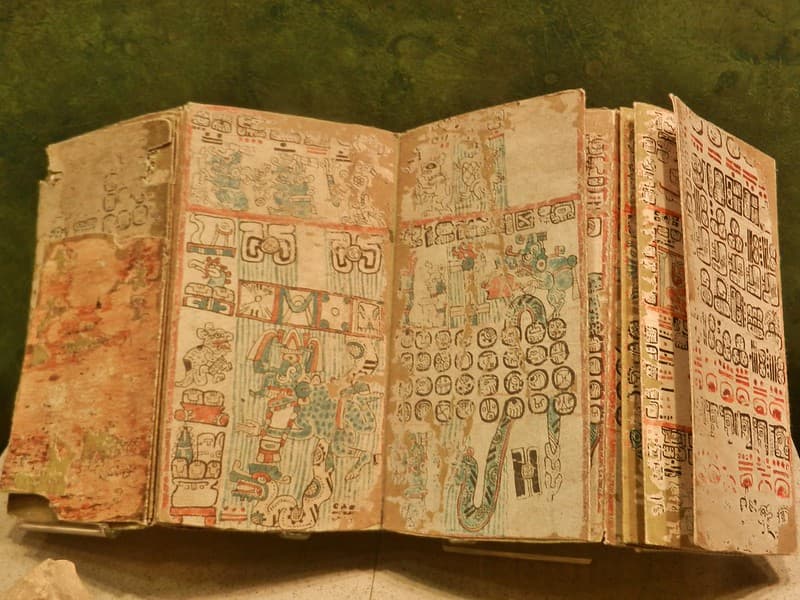What is the importance of the codices and which ones are currently in existence?
As the bearers of one of the most amazing writing systems in Mesoamerica, codices were the means used to record primarily calendrical and ritual matters. Such documents represent one of the roots of Mexican indigenous identity.





